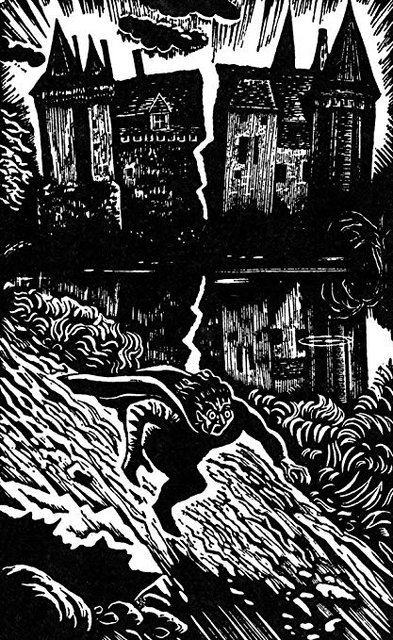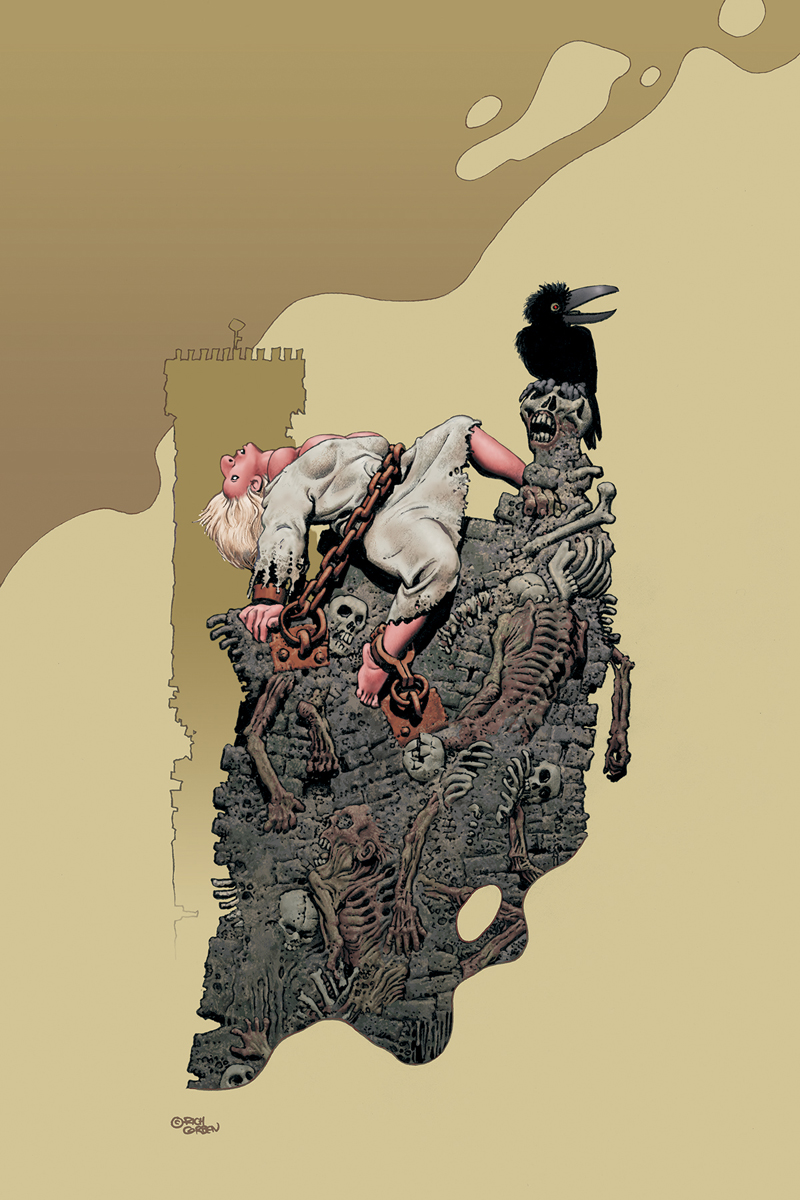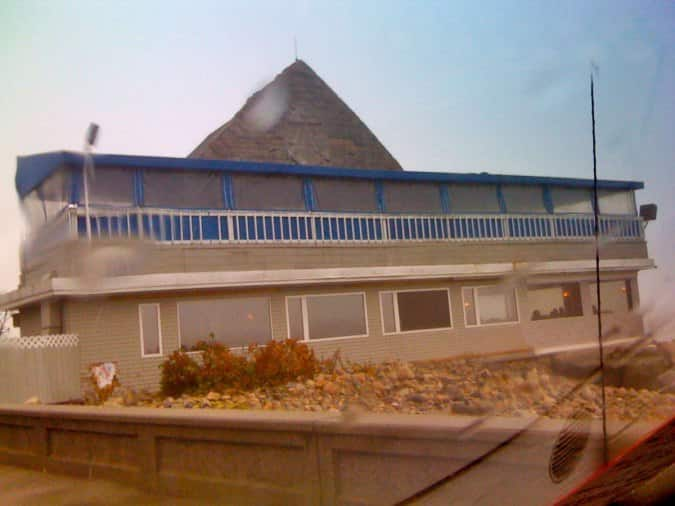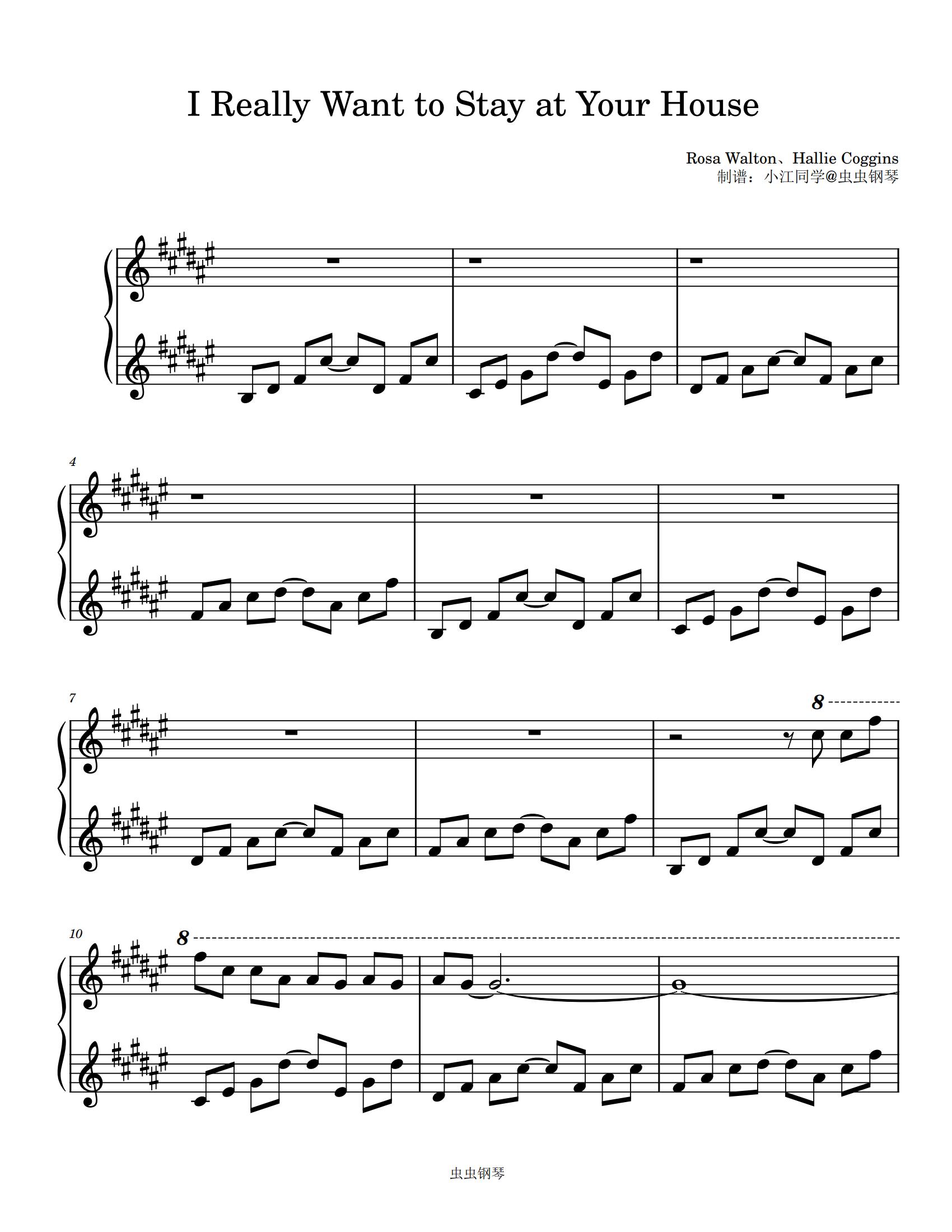Table Of Content

Its windows are described as “eye-like,” and its interior is compared to a living body. On the other hand, there are plenty of strange things about the Usher family. For one, “the entire family lay in the direct line of descent,” meaning that only one son from each generation survived and reproduced. Poe implies incestuous relations sustained the genetic line and that Roderick and Madeline are the products of extensive intermarriage within the Usher family.
In literature
The story features numerous allusions to other works of literature, including the poems “The Haunted Palace” and “Mad Trist” by Sir Launcelot Canning. Poe composed them himself and then fictitiously attributed them to other sources. Both poems parallel and thus predict the plot line of “The Fall of the House of Usher.” “Mad Trist,” which is about the forceful entrance of Ethelred into the dwelling of a hermit, mirrors the simultaneous escape of Madeline from her tomb. “Mad Trist” spookily crosses literary borders, as though Roderick’s obsession with these poems ushers their narratives into his own domain and brings them to life. He makes his way through the long passages to the room where Roderick is waiting.
Discover more from Interesting Literature

On a stormy autumn (with an implied pun on the word fall?) evening, a traveler—an outsider, like the reader—rides up to the Usher mansion. This traveler, also the first-person narrator and boyhood friend of Roderick Usher, the owner of the house, has arrived in response to a summons from Usher. Very soon we understand that, whatever else it may mean, the house is a metaphor for the Usher family itself and that if the house is seriously flawed, so are its occupants. The tale highlights the Gothic feature of the doppelganger, or character double, and portrays doubling in inanimate structures and literary forms.
In film and television
'the Fall of the House of Usher' Details, Poe References, and Easter Eggs - Business Insider
'the Fall of the House of Usher' Details, Poe References, and Easter Eggs.
Posted: Tue, 17 Oct 2023 07:00:00 GMT [source]
The narrator helps Roderick put the body in the tomb, and he notes that Madeline has rosy cheeks, as some do after death. The narrator also realizes suddenly that Roderick and Madeline were twins. He leads the narrator to the window, from which they see a bright-looking gas surrounding the house. The narrator tells Roderick that the gas is a natural phenomenon, not altogether uncommon.
By undermining this fear of the outside, the narrator unwittingly brings down the whole structure. A similar, though strangely playful crossing of a boundary transpires both in “Mad Trist” and during the climactic burial escape, when Madeline breaks out from death to meet her mad brother in a “tryst,” or meeting, of death. Poe thus buries, in the fictitious gravity of a medieval romance, the puns that garnered him popularity in America’s magazines. ‘The Fall of the House of Usher’ is an 1839 short story by Edgar Allan Poe ( ), a pioneer of the short story and a writer who arguably unleashed the full psychological potential of the Gothic horror genre. The story concerns the narrator’s visit to a strange mansion owned by his childhood friend, who is behaving increasingly oddly as he and his twin sister dwell within the ‘melancholy’ atmosphere of the house.
'The Fall of the House of Usher': All the Buried Edgar Allan Poe References - Vanity Fair
'The Fall of the House of Usher': All the Buried Edgar Allan Poe References.
Posted: Thu, 12 Oct 2023 07:00:00 GMT [source]
Plot
A second silent film version, also released in 1928, was directed by James Sibley Watson and Melville Webber. La Chute de la maison Usher is a 1928 silent French horror film directed by Jean Epstein starring Marguerite Gance, Jean Debucourt, and Charles Lamy.
When his work was critically evaluated, it was condemned for its tendencies toward Romanticism. The writers and critics of Poe’s day rejected many of that movement’s core tenets, including its emphasis on the emotions and the experience of the sublime. Accordingly, commentaries on social injustice, morality, and utilitarianism proliferated in the mid-19th century. Poe conceived of his writing as a response to the literary conventions of this period.
Summary & Analysis
The narrator is impressed with Roderick's paintings and attempts to cheer him by reading with him and listening to his improvised musical compositions on the guitar. Roderick sings "The Haunted Palace", then tells the narrator that he believes the house he lives in to be alive, and that this sentience arises from the arrangement of the masonry and vegetation surrounding it. Further, Roderick believes that his fate is connected to the family mansion.
Soon, Roderick posits his theory that the house itself is unhealthy, just as the narrator supposes at the beginning of the story. In “The Fall of the House of Usher,” the setting, diction, and imagery combine to create an overall atmosphere of gloom. The story opens on a “dull, dark, and soundless day” in a “singularly dreary tract of country.” As the narrator notes, it is autumn, the time of year when life begins to give way to old age and death. Poe draws heavily on Gothic conventions, using omens and portents, heavy storms, hidden passageways, and shadows to set the reader on edge. Might we then interpret Roderick as a symbol of the conscious mind – struggling to conceal some dark ‘secret’ and make himself presentable to his friend, the narrator – and Madeline as a symbol of the unconscious?
This friend is riding to the house, having been summoned by Roderick Usher, having complained in his letter that he is suffering from some illness and expressing a hope that seeing his old friend will lift his spirits. Like Madeline, Roderick is connected to the mansion, the titular House of Usher. He believes the mansion is sentient and responsible, in part, for his deteriorating mental health and melancholy.
Not only does the narrator get trapped inside the mansion, but we learn also that this confinement describes the biological fate of the Usher family. The family has no enduring branches, so all genetic transmission has occurred incestuously within the domain of the house. The peasantry confuses the mansion with the family because the physical structure has effectively dictated the genetic patterns of the family.













